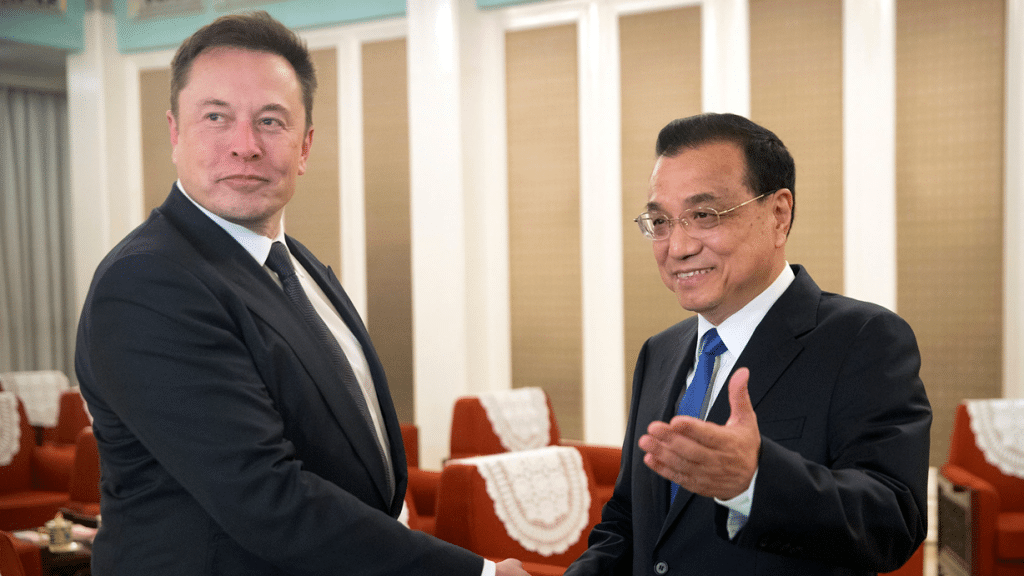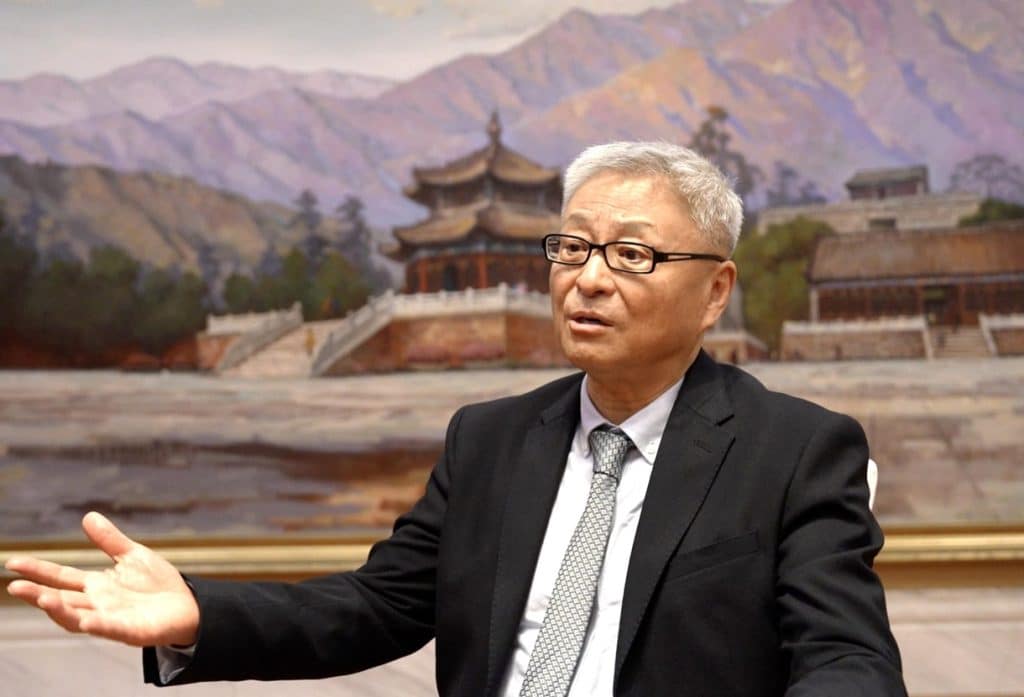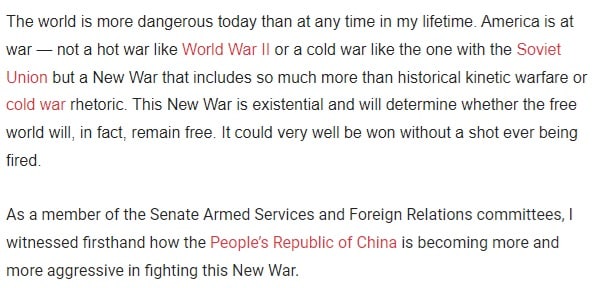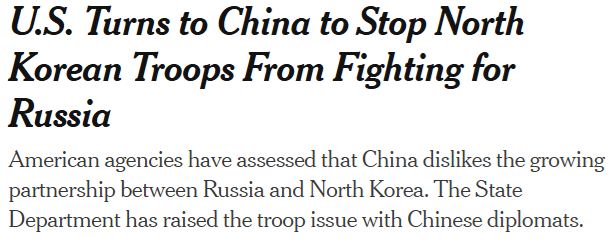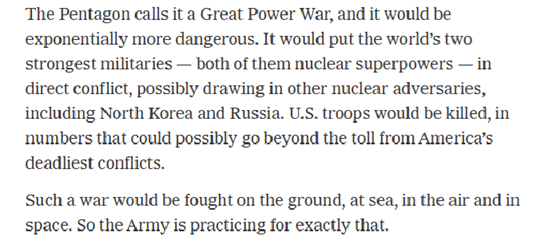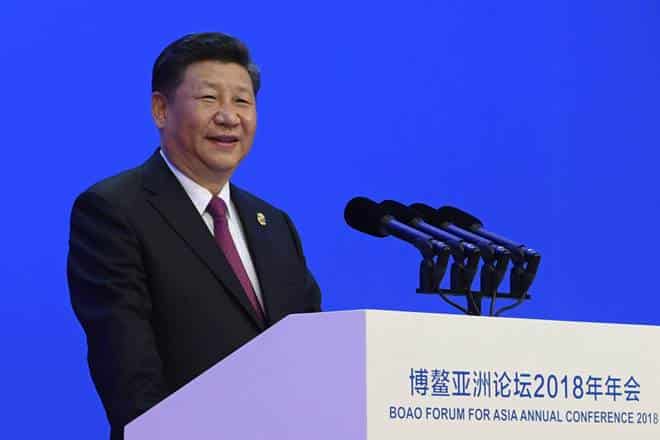Is there Room for US-China Cooperation on the Ebola Crisis? (Part III)
作者:Travis Miller 来源:US-China Perception Monitor
By TRAVIS M. MILLER October 15, 2014
This series has focused on the gap in managing the 2014 outbreak of the Ebola virus, describing a potential cooperation between the U.S. and China in containing and preventing the spread of the disease. The first installment noted the differing intentions that may influence why the U.S. and China each have a multitude of interests in combating the disease. The second part of the series was meant to illustrate the individual expertise that both states possess in disease containment/prevention practices. The purpose of this conclusion is to examine the arguments against a bilateral U.S.-China Ebola strategy, outlining the issues that could potentially arise if such a path were taken and how each state could manage conflicts that may occur.
POLICY GOING FORWARD
In the case of fighting Ebola, the compatibility of capabilities between the U.S. and China could take a key role in facilitating a major breakthrough in the ongoing struggle. For China, lessons learned in high-level coordination across a vast land for principles of containment would initiate the counterattack against Ebola. The basic reproduction value that measures the amount of humans that one person with a particular disease is expected to infect, prior to recovering or death, is measured at 1.8 individuals for Ebola, a number closer to the seasonal flu (1.3) than to S.A.R.S. (3.5) Considering the initial debacles of fighting S.A.R.S. in China and the swiftness of their recovery to contain the spread of the illness, particularly given its relatively elevated basic reproduction value and the number of urban areas with high levels of population concentration in China, curbing the spread of Ebola should be a formidable, but manageable, task. American officials and experts from NGO’s can be enlisted to handle the finance side, funneling aid from abroad to Chinese directors and international medical volunteers in the field. As the effort to contain the virus is conducted, research institutions across the globe may continue research on finding a solution to combating the virus (particularly in the U.S. where the experimental Ebola treatment ZMapp is being produced). This two-pronged approach will capitalize on the strengths of both states to bring containment to the disease, a much-needed development as the death toll continues to climb daily across West Africa.
There are potential issues in this scenario that would have to be resolved internally between the states and externally with the African people. First, the containment and treatment phases will have to remain separate to avoid potential disputes concerning ownership over the pharmaceutical outcome. If Americans commit to the finance side of the containment phase, producing funding for Chinese experts on the ground, this will be seen as a shared effort on behalf of both states. It should be understood that the second phase, treatment, is the continuation of the same healthy race between scientists and medical researchers worldwide to develop new and innovative treatments that has persisted for decades. While the U.S. has certain advantages in the medical research realm (as mentioned previously), a lack of deference to one nation or another on the question of Ebola treatment allows questions over profit from a pharmaceutical to be null and void.
Questions concerning who will lead this effort between the U.S. and China can be mitigated to a degree through the two-pronged approach. By treating cooperation as a dual-faceted operation, instances of organizational disputes over power and bureaucracy will be less frequent. By allowing a U.S.-led administrative/finance division and a Chinese-led containment division with independent functions, both states may proceed unencumbered. Volunteer foreign medical aid workers will interact with both divisions but each state will be responsible in maintaining a sense of equal power within the operation as a whole.
A second potential issue that will have to be resolved is more pressing and involves African states allowing this joint effort to take place within their borders. To avoid the potential distrust and enmity towards a foreign-led group practicing certain containment tactics such as quarantining, the Chinese containment division will need to rely on training African personnel in the field. This will involve working directly with states and their citizens to structure an atmosphere conducive to this approach. This will likely be the most difficult diplomatic blockade in the entire operation, but given that military personnel from the United Kingdom and the U.S. are now operating in the region, the likelihood of allowing such a large-scale containment operation seems quite high at this juncture.
One final contention stemming more broadly from the pursuit of bilateral aid initiatives is their ability to inhibit the capacity of IO’s in their continued growth and development. In order for IO’s to progress into outlets that can successfully manage humanitarian crises, they need the full support of the states that back them during these times of emergency. Yet if it is in the best interest of a state to act bilaterally, then IO’s are never granted the opportunity to act in a proficient manner. This is the unfortunate paradox that the world must deal with as attempts to delegate responsibilities upwards from state governments to international bodies clash with the traditional notions of sovereignty. States in coming decades will be forced to decide between investing in norms of international governance or bypassing them in favor of unilateral or multilateral solutions that command less of an international consensus. Leaders will have to determine whether or not to reform the bureaucratic hindrances of IO’s, and in making such decisions, whether or not to react to future humanitarian dilemmas with the full scope of their capabilities. No matter their decisions, it is imperative for capable governments to realize that not only is the clock ticking as the world watches the Ebola virus spread across the African continent, but unfortunately the death toll is as well. Perhaps the most desirable solution to the crisis is simply the quickest.
NOTE: The content of this work is the author’s opinion and does not reflect the position of the Carter Center.
REFERENCES
“Assessed Contributions Payable by Member States and Associate Members – 2012 2013.” (n.d.): n. pag. WHO. World Health Organization. Web. 08 Sept. 2014.
Brautigam, Deborah. The Dragon’s Gift: The Real Story of China in Africa. Oxford: Oxford UP, 2009. Print.
Caulderwood, Kathleen. “Ebola Outbreak 2014: China Adds To International Aid Efforts.” International Business Times. N.p., 03 Sept. 2014. Web. 04 Sept. 2014.
Chakma, Justin, Gordon H. Sun, Jeffrey D. Steinberg, Stephen M. Sammut, and Reshma Jagsi. “Asia’s Ascent — Global Trends in Biomedical R&D Expenditures.” NEJM.org. The New England Journal of Medicine, 02 Jan. 2014. Web. 09 Sept. 2014.
Chan, L. H., P. K. Lee, and G. Chan. “China Engages Global Health Governance: Processes and Dilemmas.” Global Public Health 4.1 (2009): 1-30. Web.
“China Helps Africa Fight against Ebola Epidemic – CCTV News – CCTV.com English.” China Helps Africa Fight against Ebola Epidemic – CCTV News. China Central Television, 13 Aug. 2014. Web. 08 Sept. 2014.
“Chinese Researchers Develop H7N9 Flu Vaccine.” CCTV News. China Central Television, 26 Oct. 2013. Web. 04 Sept. 2014.
“Fast Facts: United States Travel and Tourism Industry – 2013.” National Travel and Tourism Office (2014): n. pag.Travel.trade.gov. National Travel and Tourism Office, May 2014. Web. 08 Sept. 2014.
“Fever Rising.” The Economist. The Economist Newspaper, 16 Aug. 2014. Web. 09 Sept. 2014.
Finley, JC. “WHO: Ebola Outbreak Can Be Stopped in 6-9 Months.” UPI. N.p., 03 Sept. 2014. Web. 09 Sept. 2014.
FlorCruz, Michelle. “China’s Response To H7N9 Bird Flu Is Rapid, Unlike Previous SARS Epidemic.” International Business Times. N.p., 05 Apr. 2013. Web. 08 Sept. 2014.
Global Humanitarian Assistance Report 2013. Rep. Global Humanitarian Assistance, n.d. Web. 04 Sept. 2014.
Knobler, Stacey. Learning from SARS: Preparing for the next Disease Outbreak: Workshop Summary. Washington, DC: National Academies, 2004. Print.
Lianxing, Li. “Outbreak Making Chinese Investors Skittish.” Asia News Network. N.p., 21 Aug. 2014. Web. 08 Sept. 2014.
Osborne, Hannah. “H7N9 Bird Flu ‘One of Most Lethal Influenza Viruses’ and Greater Risk than H5N1 [VIDEO].” International Business Times RSS. N.p., 24 Apr. 2013. Web. 04 Sept. 2014.
Silver, Nate. “Role Models.” The Signal and the Noise: Why so Many Predictions Fail–but Some Don’t. New York: Penguin, 2012. N. pag. Print.
“Summary of Probable SARS Cases with Onset of Illness from 1 November 2002 to 31 July 2003.” WHO. World Health Organization, n.d. Web. 08 Sept. 2014.
Sun, Lena H., and Juliet Eilperin. “Obama: U.S. Military to Provide Equipment, Resources to Battle Ebola Epidemic in Africa.”Washington Post. The Washington Post, 07 Sept. 2014. Web. 09 Sept. 2014.
Tiezzi, Shannon. “Armed With SARS Lessons, China Fights H7N9 Bird Flu.” The Diplomat. N.p., 07 Dec. 2013. Web. 09 Sept. 2014.
“The Top 100 NGOs 2013.” The Global Journal 15 (2013): n. pag. Print.
来源时间:2018/4/5 发布时间:2014/10/15
旧文章ID:15799


